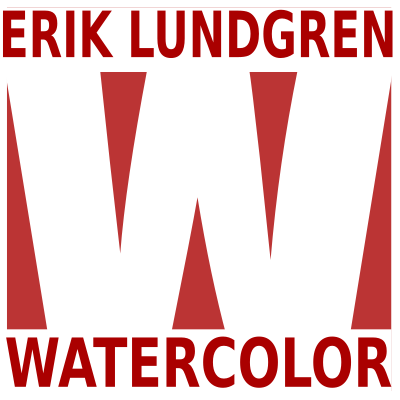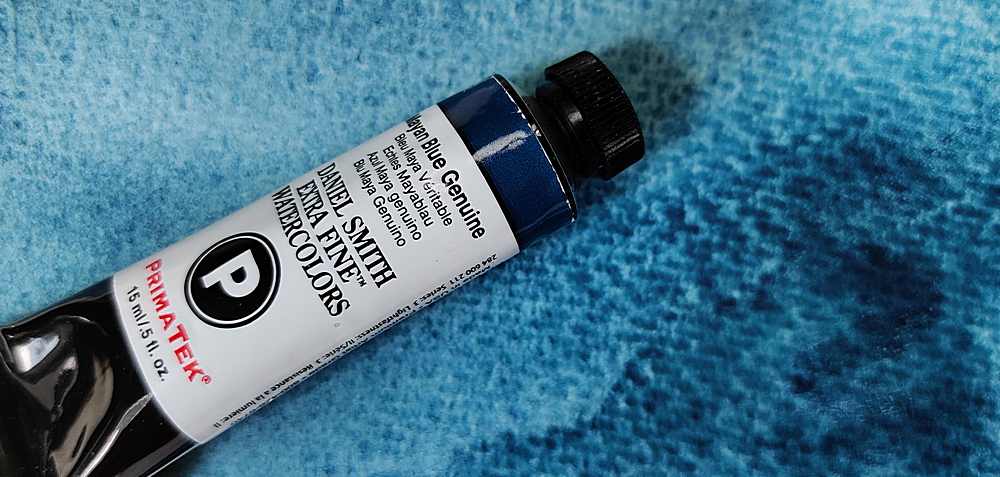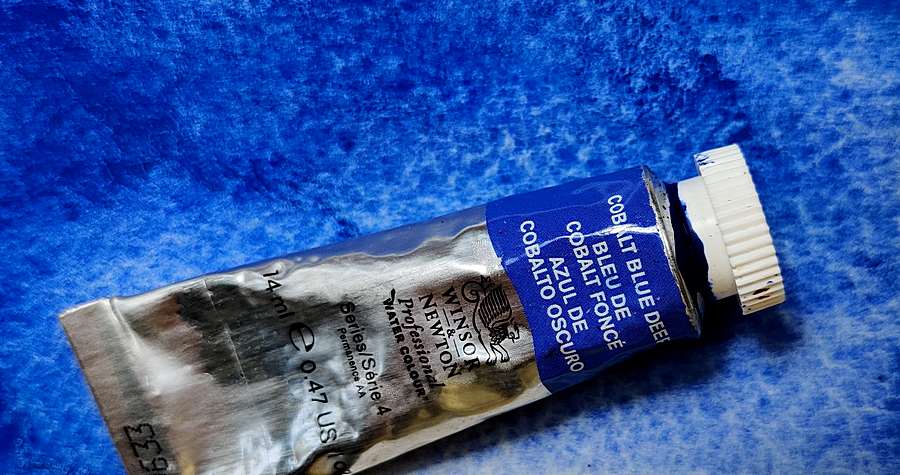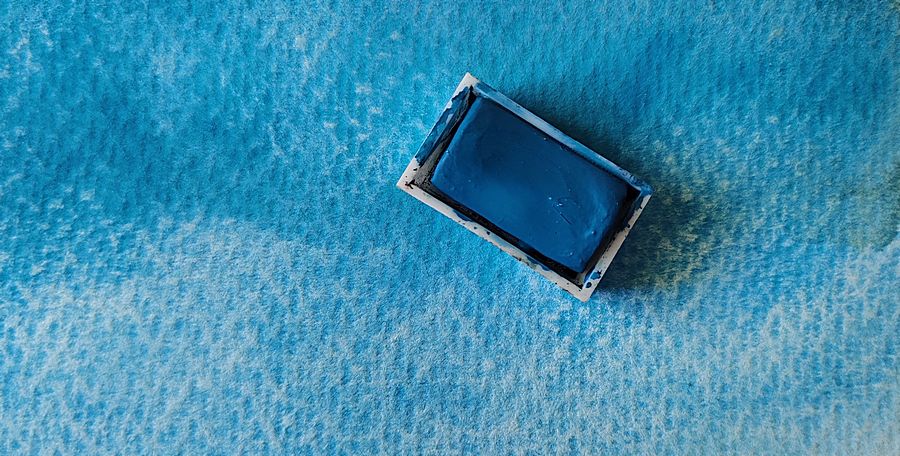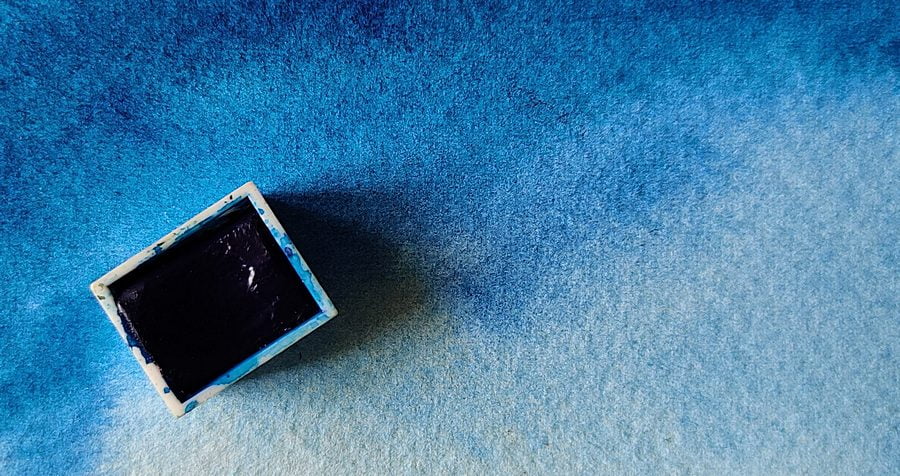Manganese Blue PB33 vs imitations
Manganese Blue (PB33) is a pigment that hasn’t been manufactured since the late 1980s. It can still be found through small producers of handmade paints, but if you come across the paint, it will…
Manganese Blue (PB33) is a pigment that hasn’t been manufactured since the late 1980s. It can still be found through small producers of handmade paints, but if you come across the paint, it will…
There are many nice blue watercolors, and I like most of them. I use blue color for a lot, and blue is an essential component in most of the color mixes I create. Additionally,…
Indigo is a dye that is extracted from more than 30 different species of the plant Indigofera, which is widely present in large parts of the world. It is from the green leaves that…
People have long wondered how the Mayan people, thousands of years ago, could produce a blue color so resistant to light, moisture and other degrading factors that after a thousand years, or more, the…
When I teach about colors for the first time with my students, I usually say that the color blue is important, perhaps the most important of all. On the other hand, I have met…
In 1802, the French chemist Louis Jacques Thénard discovered the pigment we today call cobalt blue deep in an attempt to find a blue color that could replace the very expensive lapis lazuli. There…
If you search for “Cölinblå” on Google, which is the traditional Swedish name for the color, you only get a few results, most from Riksantikvarieämbetet (The Swedish National Heritage Board), but if you change…
Phthalo blue is available in several variants. The most common are PB15:1 and PB15:3, PB15:1 is warmer than PB15:3 and is often called red shade while PB15:3 which is greenish is often called green…
The dye PB60 was developed by the German chemical company BASF, and came onto the market in 1901, but it was not until the 1950s that it was used as a pigment in artists’…
Long before cobalt blue there was a pigment called smalt, cobalt glass ground to a fine powder. Smalt dates back to 2000 BC. It was used mainly for ceramics in ancient Egypt and in…
